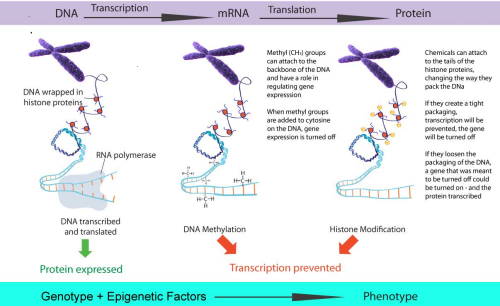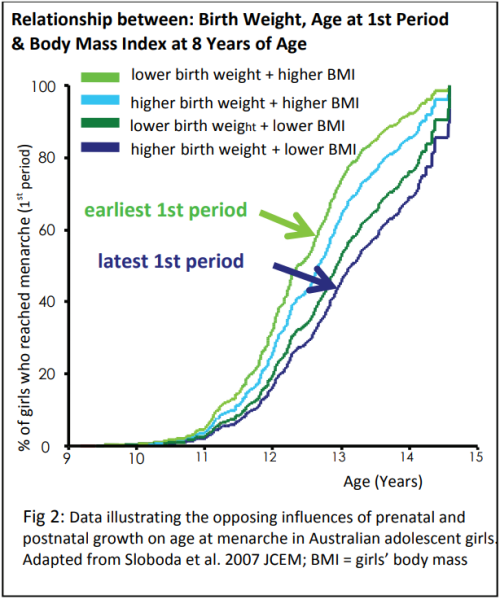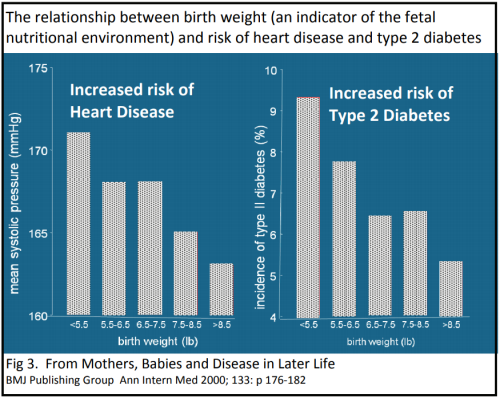In these resources, we will explore how environment during early life impacts on gene expression throughout life, and the work that scientists in New Zealand are undertaking to try to understand more about this important phenomenon.
Scientists from the Developmental Origins of Health and Disease (DOHaD) research group at the Liggins Institute are investigating how epigenetic mechanisms underpin the relationship between early life environment and phenotype.
Gene expression is the term used to describe the process of taking the information that is contained on the genes (the genotype) and building proteins, which create the phenotype of the individual.
A copy of the entire genome of an individual is contained in the nucleus of every cell, yet only those genes required by a particular cell are turned on, or expressed in that cell. There is a system of control designed to ensure that genes are only expressed when they are needed. However, the phenotype is not simply determined by the genotype. Interactions between genes and the environment impact on gene expression, and therefore on phenotype.
Watch this video to learn more about epigenetics.








